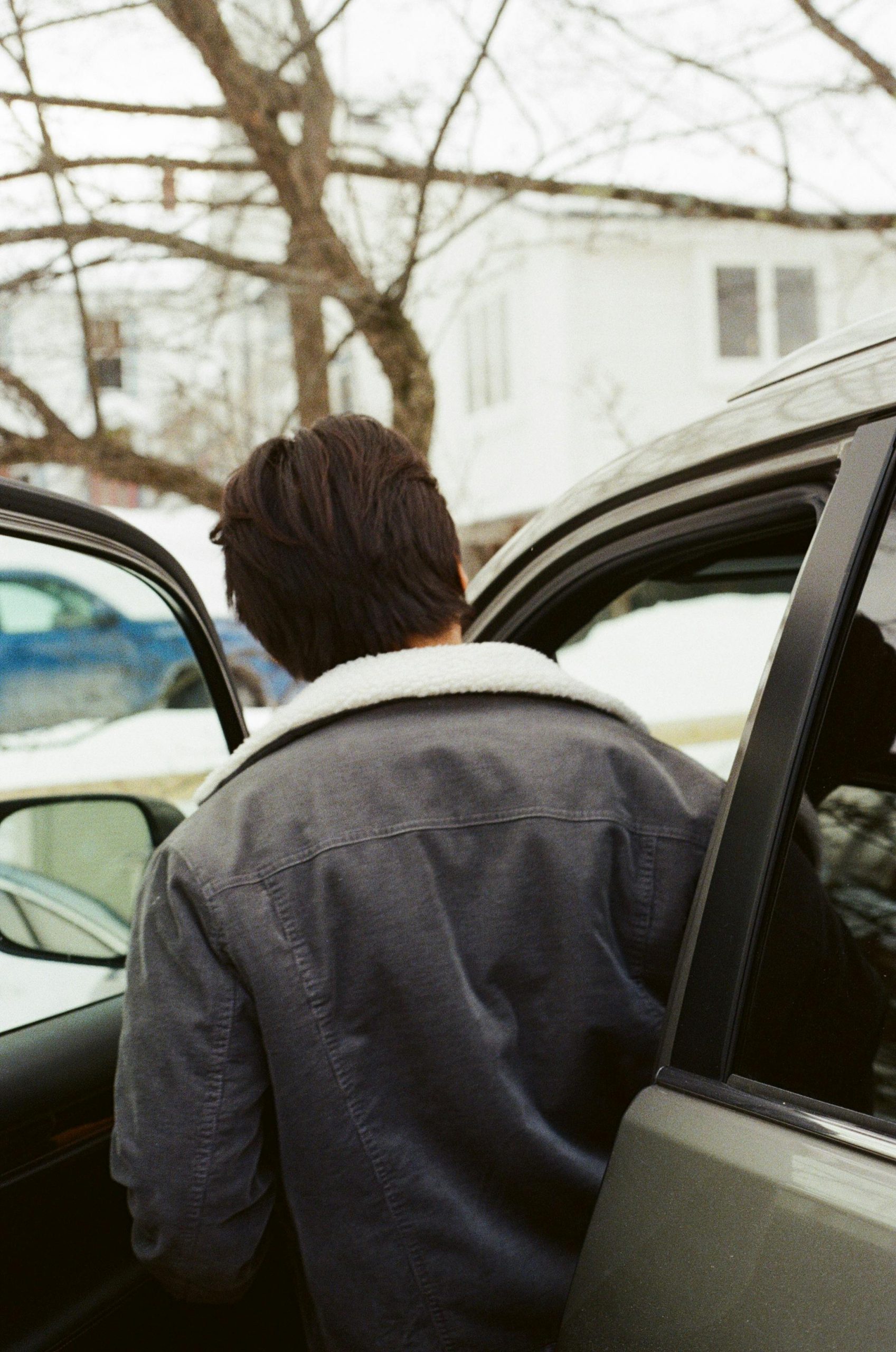Recovering Data from a Previously Dead External Hard Drive: Best Practices for Safe Data Retrieval
Experiencing a hard drive failure can be a stressful ordeal, especially when valuable data is at stake. Recently, I encountered such a situation when my Seagate external USB drive, containing significant personal and professional files, appeared to be unresponsive and refused to initialize. Despite multiple attempts following common troubleshooting steps, the drive remained inaccessible—until an unconventional approach temporarily revived it.
The Unexpected Revival
After exhausting standard solutions—such as reconnecting the drive, verifying connections, and using disk management tools—I decided to open the drive casing as a last resort. Carefully wiggling the internal connector and re-plugging the drive resulted in an unexpected success: the drive became accessible, and all my files were available again.
While this was encouraging, it raised important questions about data safety and future recovery strategies. Interfering with hardware components can be risky, and there’s a genuine concern about potentially causing further damage that could result in permanent data loss.
Proceeding with Caution: What Are Your Options?
If you’re in a similar situation—your external hard drive shows signs of failure but still contains valuable data—here are recommended steps to restore your files safely:
-
Avoid Repeated Hardware Interventions:
Opening the drive should be a last resort, as it can potentially damage delicate components or void warranties. If you are not experienced with hardware repairs, consult a professional before proceeding. -
Create a Forensic Clone of the Drive:
Before attempting any data recovery software or further manipulations, it’s crucial to create a complete clone (bit-by-bit copy) of the drive onto another storage device. This preserves the current state and prevents accidental overwrite or further damage. -
Use Data Recovery Software:
Once a clone is secured, utilize reputable data recovery tools designed for damaged drives, such as Recuva, Stellar Data Recovery, or Disk Drill. These programs can often recover files from partially damaged sectors without risking additional harm. -
Consult Data Recovery Professionals:
If the drive remains unresponsive or contains critical data, professional data recovery services are equipped with cleanroom environments and specialized tools to extract files safely, especially from physically compromised drives. -
Ensure Sufficient Storage Space:
When copying recovered files, verify that the destination drive has enough space. In your case, with 1.7TB of data but only 500GB
Share this content:


